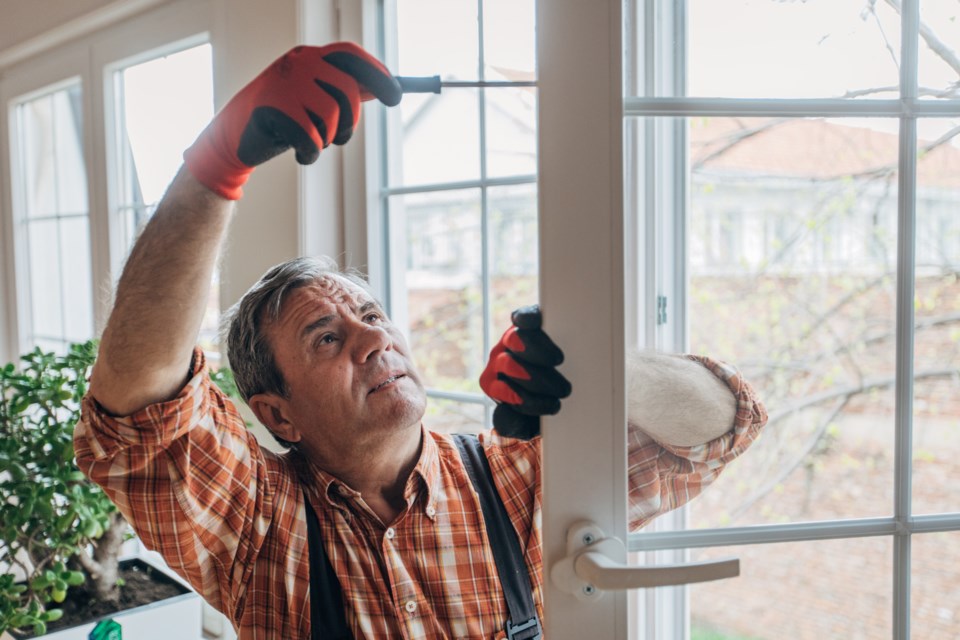A problem the size of climate change requires a solution equally vast in scale. One of the most important actions an environmentally conscious individual can take is to vote and influence elected officials to pass legislation to combat greenhouse gas emissions.
But one should not underestimate the effect one individual can have daily. Thanks in large part to the "knock-on" effect, in the case of sustainability, an individual's actions hardly ever stay in a vacuum. There are many ways a single household can be more environmentally friendly; moreover, evidence shows that neighbours will likely take notice and follow suit in many places.
Between the kitchen and bathroom, the average American uses 156 gallons of water per day. Additionally, many homes are not optimized for insulation, unwittingly using excess energy on heating and cooling.
There are many ways that homeowners can make changes—or mindfully construct when building anew—in their homes to conserve resources, and the Energy Basics Training Tool can be a useful starting point. Even those who rent can still take sustainable steps. For instance, rather than replacing windows with double-glazed glass, renters can add clear sheeting to windows during the wintertime.
Making such upgrades to your home doesn't just help the environment; it can also save a household a significant amount of cash in the long run by cutting down on energy and water expenses. A more sustainable home can also claim a higher selling price when it's time to put it on the market.
Enviro Friendly identified ways to upgrade your home to save money by compiling info from the Department of Energy's Office of Energy Efficiency and Renewable Energy.
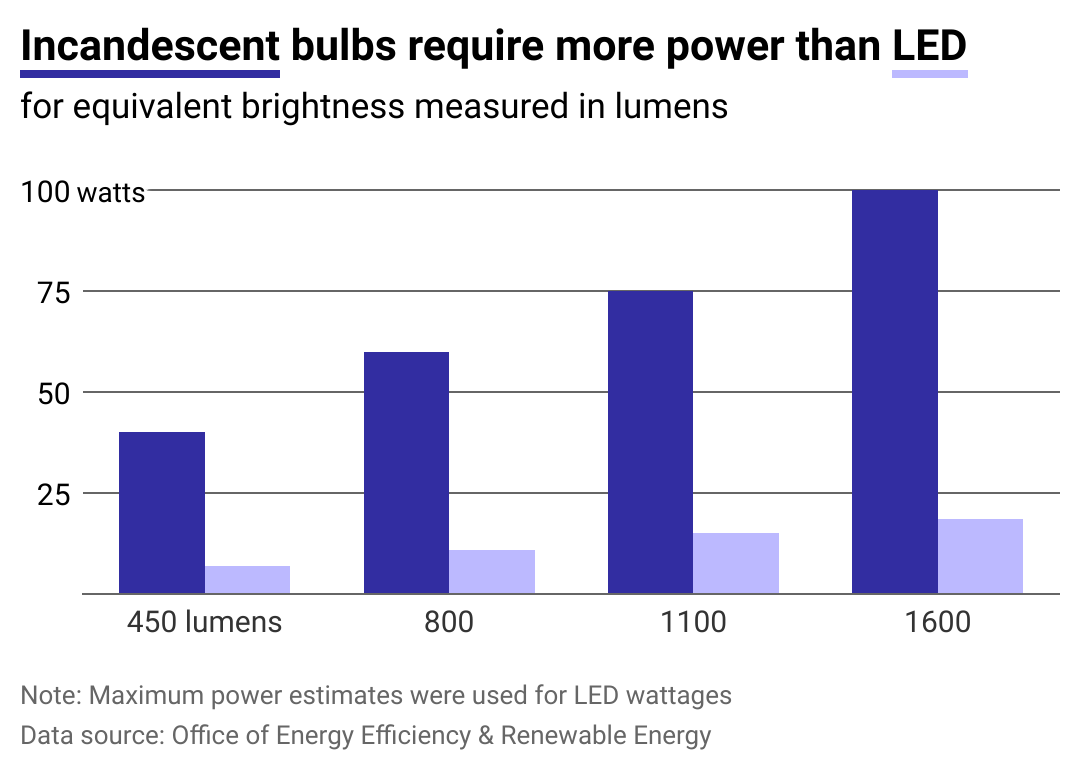
Get rid of incandescent bulbs
One of the lowest-lift changes you can make in your household is to replace traditional incandescent light bulbs with energy-efficient ones. These include fluorescent, LED, and halogen bulbs.
Compact fluorescent lights use roughly 75% less energy than incandescent bulbs and can last 10 times longer; LED lights also use 75% less energy and last up to 25 times longer; and halogen bulbs use around 25% less energy and can last about three times longer than traditional bulbs. Many cities and states offer rebates or cost offsets to those switching to energy-efficient lights; search for yours on the Energy Star Rebate Finder.
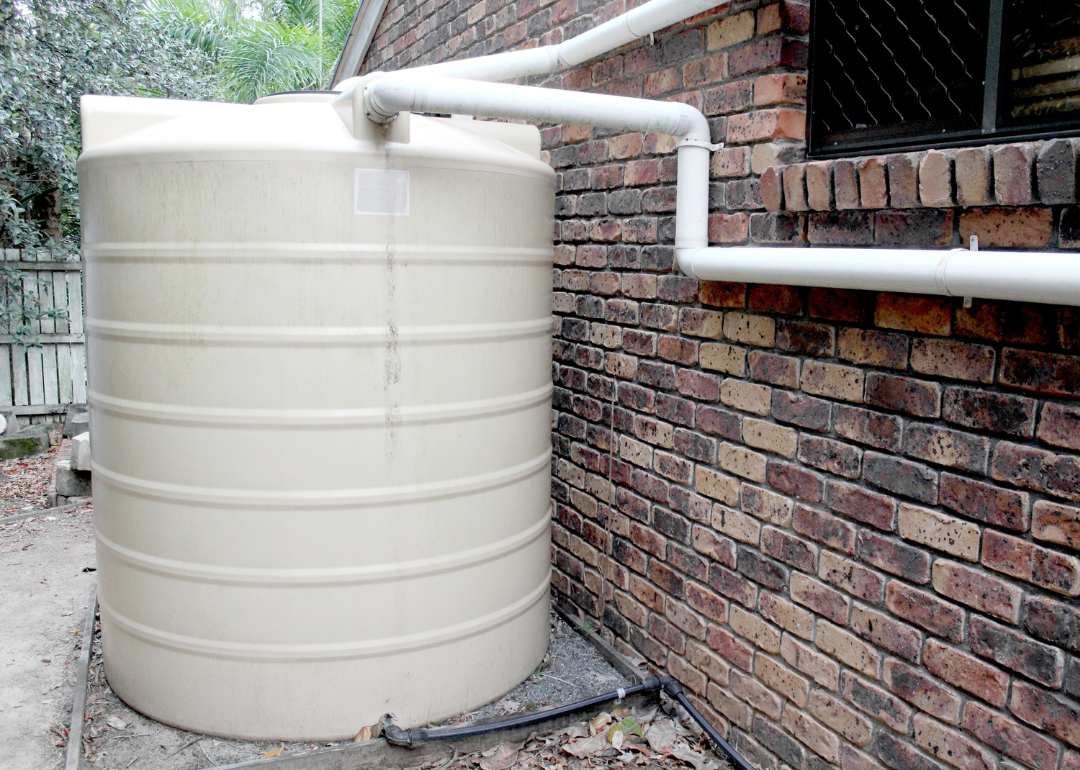
Reuse grey water
Wastewater from any source—other than toilets—can be recycled for many nonpotable uses. These include farming, irrigation, construction, and powering factories and mills.
Grey water systems can be installed in private homes for relatively low prices. These systems collect and purify excess water from the washing machine, shower, sinks, and other household sources and reuse it for irrigation on the property. Doing so can cut a household water bill from 30% to 70%.
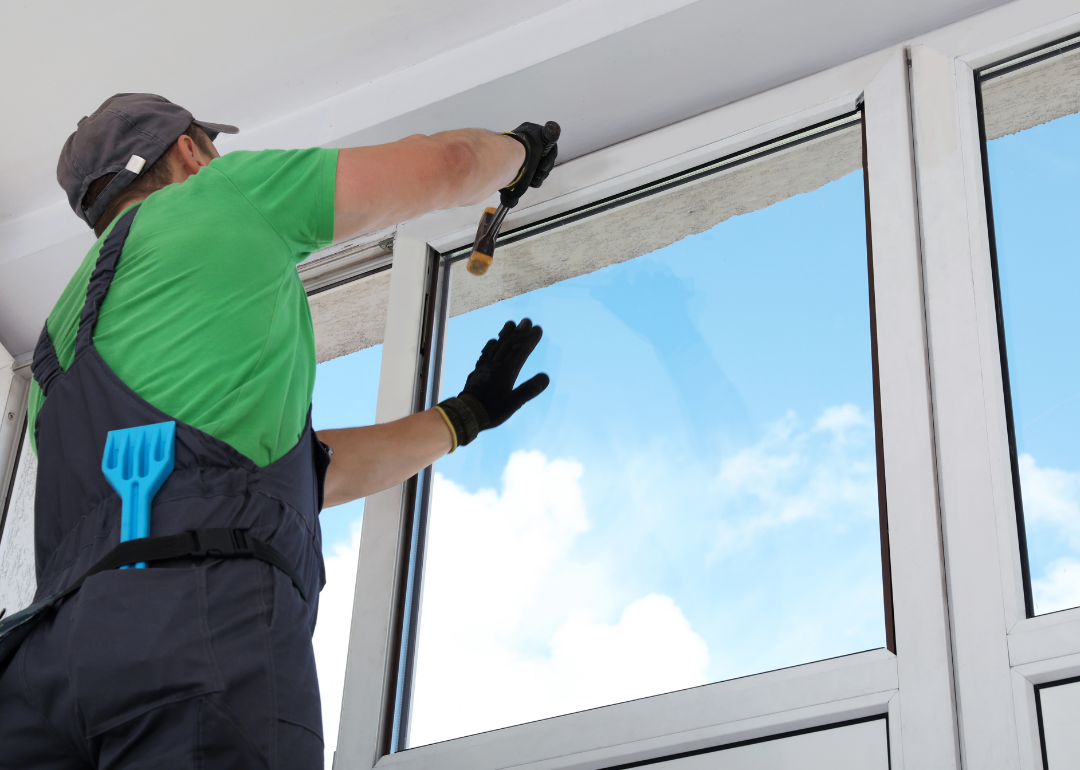
Upgrade window frames and glazing
Many aren't aware that windows take up 8.6% of energy use in their homes and that poorly installed windows can allow excess cold or heat in, racking up your energy bill.
Homeowners can have the glass double-glazed; ensure frames are properly fitted and insulated; install dynamic facades that adapt to sunlight; and otherwise optimize performance. These actions help windows guard the inside of your home against oppressive sun or cold, which can drain cooling and heating systems from season to season.
However, before upgrading your windows, reference the National Fenestration Rating Council's guide, as the right selection can vary depending on the materials, layout, and environment in and around your home. Besides reducing personal energy bills, by improving the performance of windows on a widespread scale, U.S. annual energy use overall could decrease by 1.7%, and CO2 emissions could fall by 1.9% in 2050.
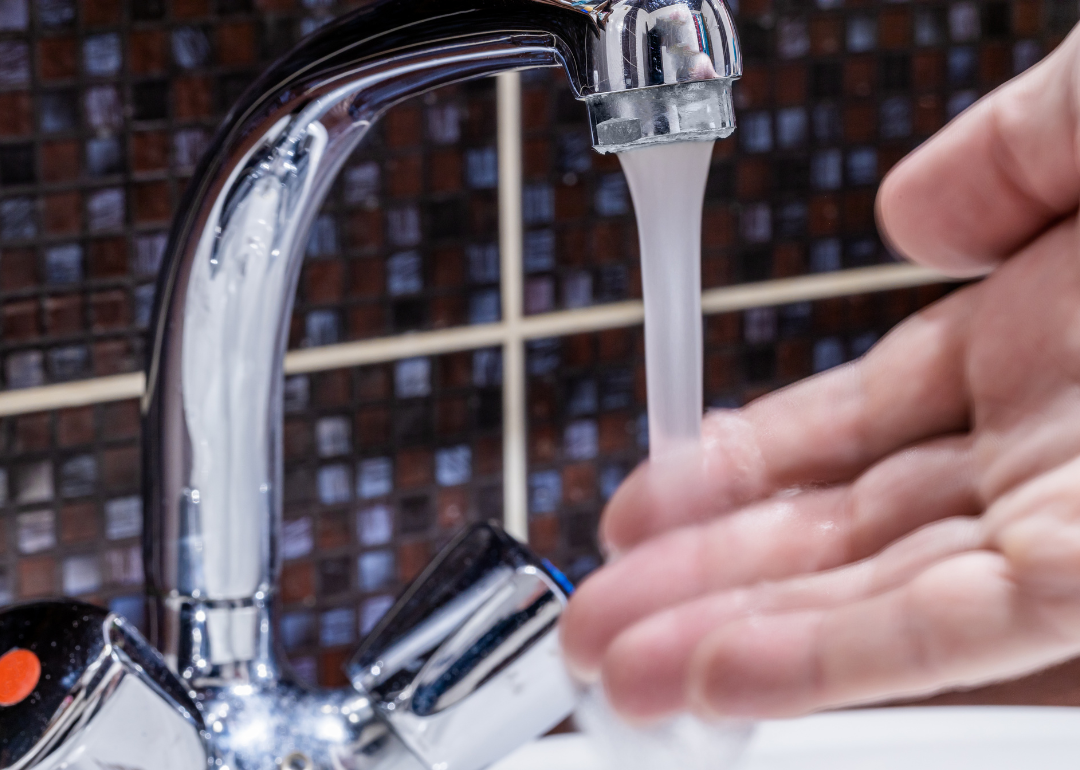
Install low-flow faucets
Low-flow faucets can reduce the water used and the energy required to heat water. Though removing your old faucets and fitting in new ones may be a hassle, doing so can save 700 gallons—or 40 showers' worth—of water annually.
Some faucets may already qualify as low-flow; accessories that screw onto your current faucet can measure the flow rate. For those that exceed maximum levels, low-flow models can be purchased at a local hardware store and installed independently or with the help of a plumber. In a growing number of states, particularly those that experience frequent droughts, low-flow faucets are becoming mandated, and traditional models are no longer available on the market.
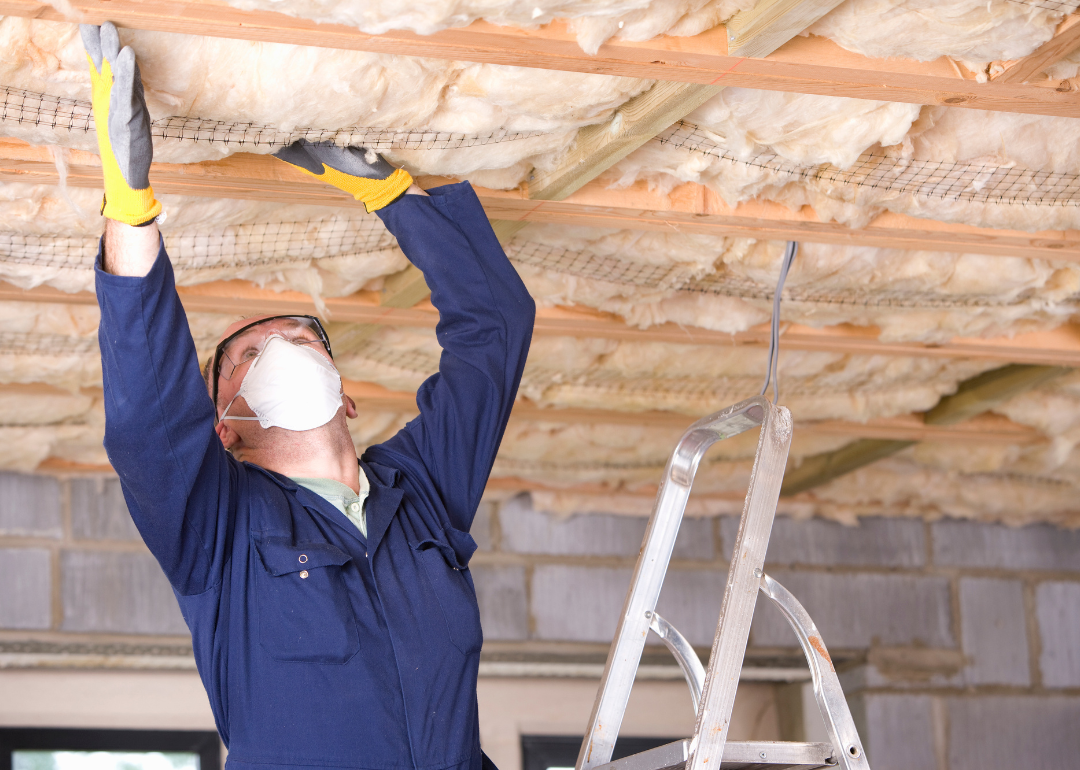
Add insulation
Particularly if you have an older home, your home probably needs to be optimized for energy efficiency. Installing new insulation may cost money in the short term, but it can save an average of 15% annually on heating and cooling bills.
The first step in insulating your home is conducting or hiring a professional for an energy audit to identify areas with no or low R-value (which measures the thickness and depth of insulation).
The Department of Energy's Home Energy Saver can help you plan how much insulation will cost in your situation and what rate of return to expect. Some homeowners may be eligible for tax incentives to fund part of the installation cost.
This story originally appeared on Enviro Friendly and was produced and distributed in partnership with Stacker Studio.

